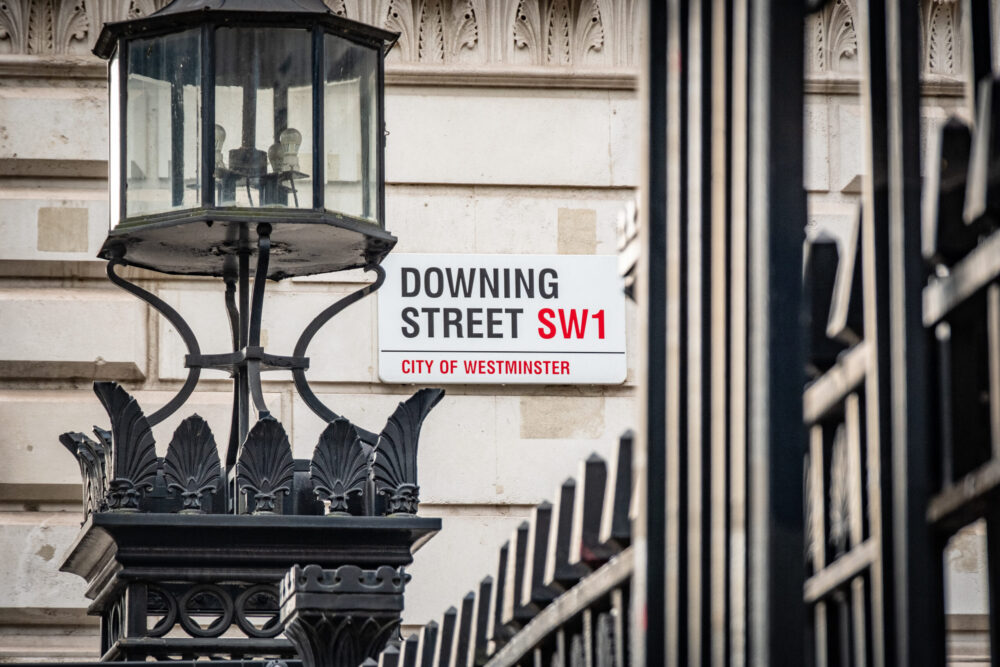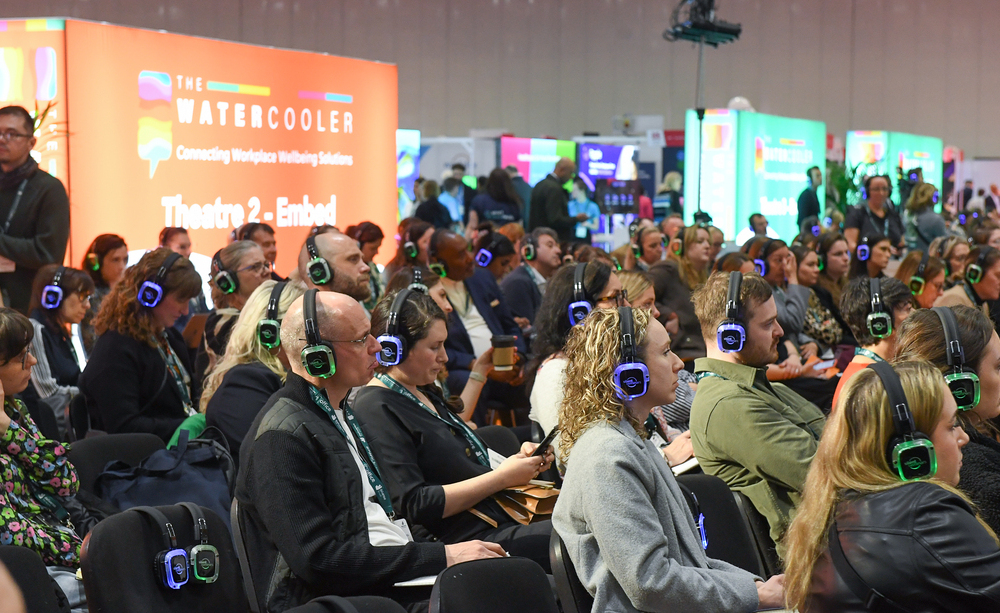How does an organisation meet the health and wellbeing needs of more than 600 staff who are split between working from home, the office or in local communities?
Babergh and Mid Suffolk District Councils (BMSDC) realised that the answer to this question changed as the pandemic hit, leading to a significant review of their wellbeing strategy and a refreshed approach.
Tony Singh (pictured), an Organisational Psychologist, working as an Organisational Development and Employee Experience Lead at the councils, overseeing health and wellbeing, explains some of the changes:
More wellbeing support was needed
“When I joined the organisation, I took a consultative approach to better understand what was working well and what could be improved,” he said. “And wellbeing was one of those key areas that I honed into as needing more support.”
He said the need for a strong wellbeing presence had become even more crucial since the pandemic, with lockdown resulting in an office-based workforce thrown into working from home.
BMSDC ramped up content with the provision of webinars around mental health awareness, directing employees to sources of further information. The first webinar attracted almost 200 employees, a significant increase on previous engagement initiatives (for a full list of our webinars on all aspects of workplace wellbeing, see here).
Boundary management identified as an issue
Singh began working more closely with line managers to identify specific issues, and how webinars could be tailored.
One issue which came up was ‘boundary management’, with the blurring of work and home lives at the onset of the pandemic. This could make it harder to recognise when colleagues were struggling – so webinars and support were created to help.
“Relationships and social connection were the main key themes we noticed very early on being affected,” he said. “Those serendipitous moments of learning by osmosis by the watercooler were suddenly taken away.”
First step: audit of wellbeing provision
It was at this point, in 2020, that the organisation devised a Health and Wellbeing Strategy.
Working with occupational and organisational psychologists, the councils carried out an audit of wellbeing provision – followed by a programme of work, closely linked to ED&I commitments.
Existing policies and processes were analysed to see if they could make more of a difference. One recommendation was to sign up to the Mental Health at Work Commitment.
Reaching non-office-based employees
Where needed, external experts have been used to ensure the councils are providing up-to-date, consistent support benchmarked against industry standards.
Singh says there is a determination to reach out to all colleagues – particularly non-office-based colleagues – to reinforce the support and resources available for them.
He first visited the councils’ depots at the time of the ‘Mates In Mind’ campaign in 2021 to deliver mental health awareness sessions in person.
Talking to men about mental health
Following further sessions delivered during Men’s Mental Health Awareness Month in 2022, he now delivers these bi-monthly to help encourage and normalise mental health and wellbeing conversations.
When opening the mental health conversation, particularly with men, Singh points to the effectiveness of generic questions that everyone can relate to, like: “Has anyone ever felt overwhelmed?”
“You’ve got to build engagement and trust with people first,” he says. “That often means you have to be vulnerable first. I started by talking about my passion for mental health and my experiences, acknowledging it’s a difficult area to talk about and there’s still a lot of stigma.
Vulnerability opened up the conversation
It also helps that they know I’m trained, so I have credibility. What I noticed was a ripple effect in the room; people who had been working with each other for 20 years saying to each other ‘I didn’t realise you’d been through that’ or ‘I didn’t know you’d felt down’.”
This paved the way for the conversation about how to talk about these topics practically, including considerations like what words to use.
“This approach has increased the confidence of staff in our commitment to continually ensure health and wellbeing is prioritised and actioned,” adds Singh.
The councils’ most recent survey (November 2022) shows an increase in employees’ positives views on the support and provision that is provided.
You may also like:
The Pandemic’s Forgotten Heroes: How the public sector can better support key workers’ wellbeing

















